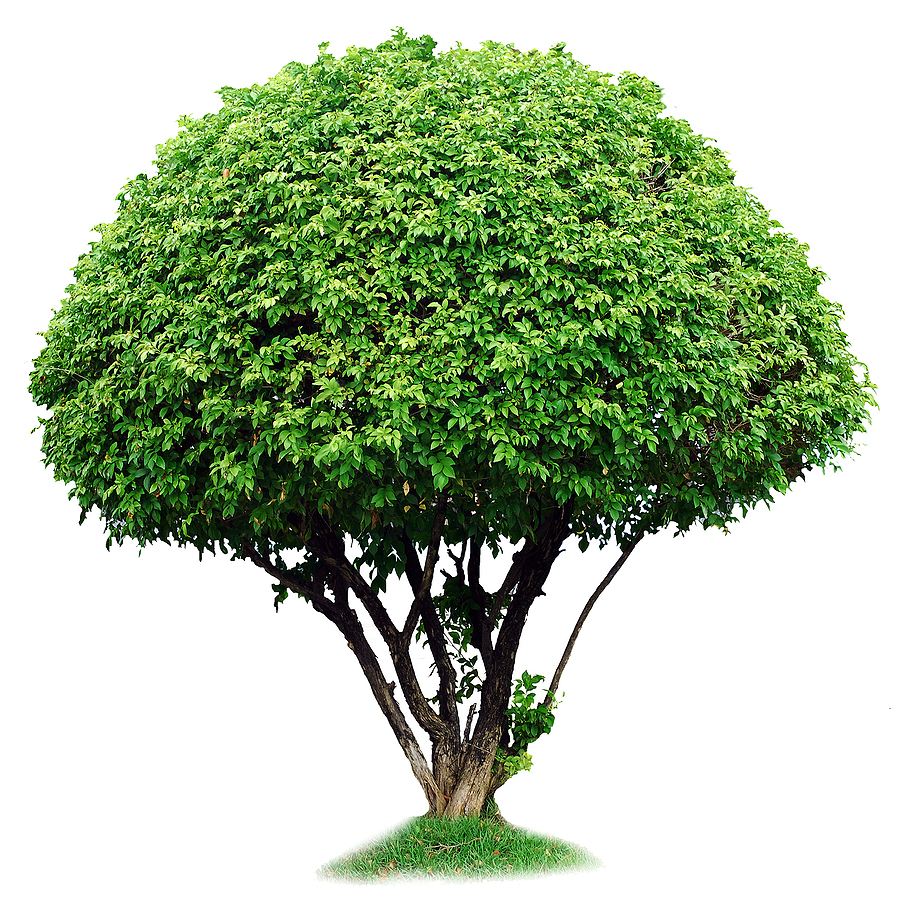Taking care of your landscaping trees requires more than personal effort; it requires a little knowledge and understanding, too. A fundamental part of learning about tree care is knowing a tree’s critical root zone. A critical root zone, or CRZ, is essentially an imaginary boundary surrounding the base of a tree. Although the perimeter is imaginary, the meaning and importance is very real.

Instructions For Measuring CRZ
The imaginary boundary mentioned above should start at the drip line of a tree. This is where the water drips from the borders of the tree’s canopy. Imagine an open umbrella with water pouring on top. The circle of water created around the umbrella is similar to a tree’s drip line. For thinner trees, it is best to imagine the dripline a little farther out just to be sure all roots are taken into account.
Rather than locating (or guessing) a tree’s dripline, you can simply measure it yourself by hand. To measure your tree’s CRZ, start with some simple math. Measure the diameter of the tree trunk, and then multiply that number by 1.5. Here is an example:
Tree Trunk Diameter = 24 inches
Critical Root Zone = 1.5 ft2
24 x 1.5 = 36
CRZ Radius = 36 feet
When measuring your tree trunk, start at an area that is 5 feet from the base. This is a more accurate measurement of the trunk diameter. Another way to find the tree trunk diameter is to measure the circumference of the tree trunk and multiply it by 3.14 (pi). Here is an example:
Trunk Circumference = 76.36 feet
Critical Root Zone = 1.5 ft2
75.36/3.14 = 24
Tree Trunk Diameter = 24 inches
Fall Season Tree Care
Fall is the time of year when the leaves on trees begin to change color and eventually fall off. This can be a beautiful sight, but it also means that trees need special care to stay healthy. Here are some tips for taking care of your trees during the fall season:
🌳 Prune any dead or dying branches to help the tree stay healthy.
🌳 Mulch around the base of the tree to help protect the roots from cold weather.
🌳 Make sure the tree is getting enough water, especially if the leaves are turning brown.
🌳 Wrap the trunk of the tree with burlap or another type of fabric to protect it from freezing temperatures.
By following these tips, you can help your trees stay healthy and beautiful during the fall season! Contact Timberland Tree Care at 317-348-0811 for licensed and insured tree service in Indianapolis, Indiana. We serve residential and commercial customers.
Related Posts:
Environmental Threats That Will Kill Your Landscaping Trees
4 Environmental Factors That Can Delay or Stop Tree Growth
What is Tree Deep Liquid Root Fertilizing?
